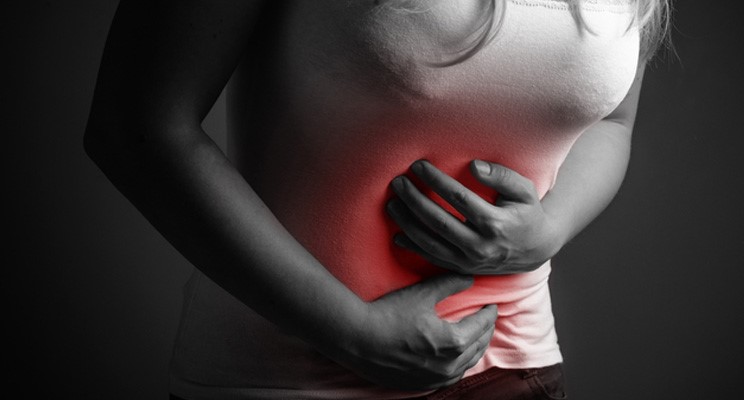Pelvic Inflammatory Disease is an infection of the female reproductive organs, often caused by bacteria, including Neisseria gonorrhoeae and Chlamydia trachomatis. If left untreated, PID can lead to serious complications, such as hydrosalpinges, infertility, and septicemia.

Causes and Risk Factors:
The primary culprits behind PID are sexually transmitted infections, specifically Neisseria gonorrhoeae and Chlamydia trachomatis. IUD intrauterine device use is also a cause of increased PID risk. PID may also develop as a result of pregnancy products remaining in the uterus after abortion or childbirth. Infection can also be carried to the pelvic organs after inflammation of other organs in the abdomen or through blood.
Symptoms of Pelvic Inflammatory Disease PID:
Recognizing the symptoms of PID is crucial for early intervention. Women may experience pelvic pain, abnormal vaginal discharge, bad odor, and pain in the vagina during sexual intercourse.
Complications:
Untreated PID can lead to serious complications such as hydrosalpinges (fluid-filled fallopian tubes), endometritis (inflammation of the uterine lining), and infertility. Worse, it may cause a pelvic abscess, and a process that may lead to septicemia and death after shock may develop as a result of the bacteria mixing into the blood.
Diagnosis and Testing:
Correct diagnosis is key to effectively managing PID. Pelvic examinations, imaging studies (ultrasonography), and Laboratory tests (Leukocyte count, CRP, etc.) include the diagnostic process. Early diagnosis minimizes the risk of complications by tailoring a treatment plan to your specific needs.
Hysterosalpingography provides information about infertility by showing hydrosalpinx, which is fluid accumulation in the tubes, or intrauterine adhesions. However, having this film taken during the acute phase of PID may be risky. Therefore, in patients with infertility problems, it is performed to detect damage to the uterus and tubes after the disease is treated.
Treatment Options of Pelvic Inflammatory Disease:
There are various treatment options for PID, including antibiotic therapy. Completing the prescribed course of antibiotics is very important to completely eliminate the infection and prevent complications such as hydrosalpinges, pelvic abscesses, and endometritis. In severe cases, hospitalization may be necessary.
In case of abscess development, treatment is surgery. hydrosalpinges and tubal adhesions are also treated surgically if they cause pain or cause infertility. Laparoscopy is often preferred in surgical treatment.
Preventing Pelvic Inflammatory Disease PID:
Prevention is very important to reduce the risk of PID. This includes safe sex practices, regular screenings for sexually transmitted infections, and prompt medical attention for concerning symptoms.
If you suspect you have PID or are experiencing symptoms such as pelvic pain or abnormal discharge, it is very important to seek immediate medical attention.
In Conclusion
Pelvic Inflammatory Disease PID is a disease that can cause unhappiness by causing painful sexual intercourse, cause serious complications such as infertility, and may require intensive antibiotic treatment or even hospitalization. For treatment, you may have to undergo a difficult surgery with a high risk of complications. If treatment is delayed or the disease progresses rapidly, it may even involve intensive care and the risk of death. It is a disease that must be followed and treated by experienced doctors.


